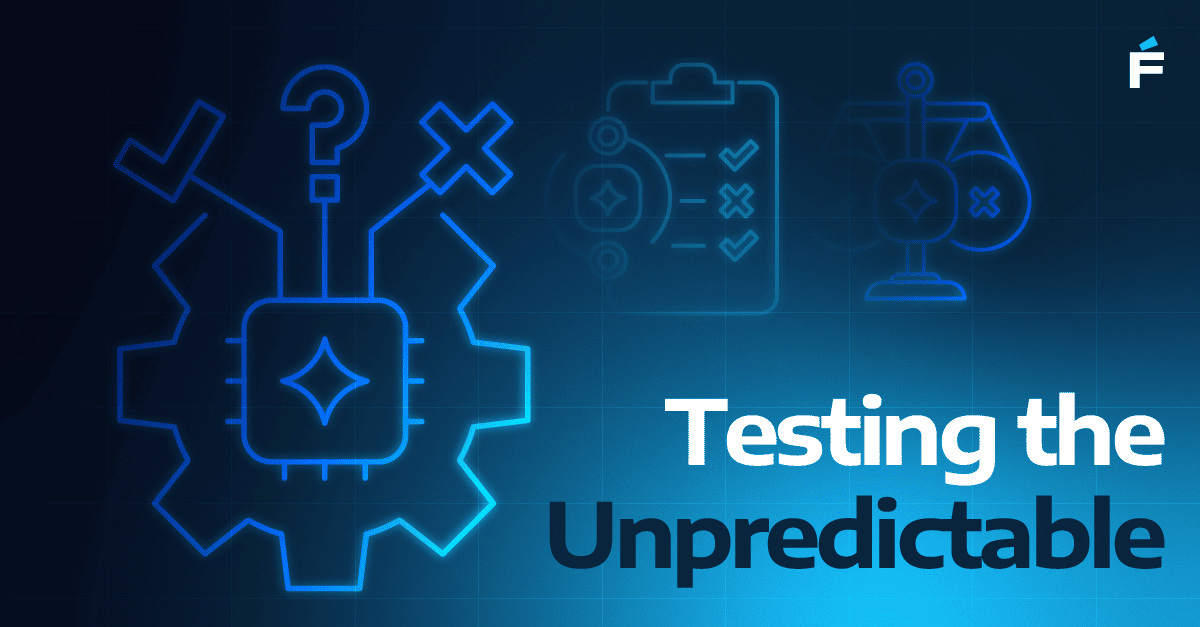If the evolution of the internet was powered by TCP/IP and HTTP, the rise of LLM-based agents will be catalyzed by something equally transformative: unified agent protocols. As AI agents proliferate across industries—supporting workflows in customer service, healthcare, logistics, and engineering—we are encountering the same challenge that plagued early networking: interoperability.
A recent white paper, A Survey of AI Agent Protocols (Yang et al., 2024), provides a timely and comprehensive framework for navigating this new frontier. It defines, classifies, and evaluates the emerging universe of agent protocols. The key insight? Protocols are not just back-end wiring. They are the grammar of collective intelligence.
Why Protocols Matter
LLM agents are evolving from stateless prompt responders into autonomous, tool-using systems capable of memory, planning, and real-world action. But without standard protocols, each vendor reinvents their own bespoke interface for tool use, agent interaction, and context acquisition. The result is ecosystem fragmentation: redundant effort, brittle integrations, and siloed intelligence.
Yang et al. propose a two-dimensional taxonomy to categorize protocols:
- Context-Oriented vs. Inter-Agent: Does the protocol connect agents to tools/data or to each other?
- General-Purpose vs. Domain-Specific: Is it extensible across use cases or tailored to a particular domain?
This framework clarifies where Model Context Protocol (MCP), Agent-to-Agent (A2A), and Agent Network Protocol (ANP) fit. MCP standardizes how agents retrieve context from external tools—crucial for reliability and security. A2A and ANP enable collaboration among heterogeneous agents, much like APIs enabled microservices.
Performance, Security, and the Path Forward
The paper evaluates these protocols across metrics such as scalability, latency, reliability, and extensibility. Notably, the authors highlight a recurring tension: as agent ecosystems grow more complex, the need for evolvable, privacy-preserving, and group-aware protocols becomes clear.
They draw a historical analogy: just as HTTP unlocked the composability of web resources, agent protocols like ANP aim to unlock composable intelligence. These are not just integration specs—they are infrastructure for collective cognition.
From Static Rules to Intelligent Infrastructure
The authors outline a phased future:
- Short Term: Standardize current protocols to improve compatibility.
- Mid Term: Move from static interfaces to dynamic, ecosystem-aware coordination.
- Long Term: Enable distributed intelligence infrastructure, where agents form coalitions, share reasoning, and adapt protocols on the fly.
This last phase is especially exciting. Imagine a protocol layer that allows agents to negotiate task ownership, privacy boundaries, and strategy—all dynamically and contextually. This is what the authors call "the Agent Internet."
Implications for CTOs
If you lead AI strategy at a mid-market or enterprise company, here is the takeaway: protocol literacy will matter as much as model performance. Agent orchestration is no longer a UX problem or an API problem; it is a protocol problem. Build with interoperability in mind. Watch the open standards. And design for agent networks, not just individual agents.
The white paper by Yang et al. should be required reading. It does not merely map today’s terrain—it outlines the architecture of tomorrow’s intelligent systems.
Citation: Yingxuan Yang et al., "A Survey of AI Agent Protocols," arXiv:2504.16736v2, 2024.




.png)